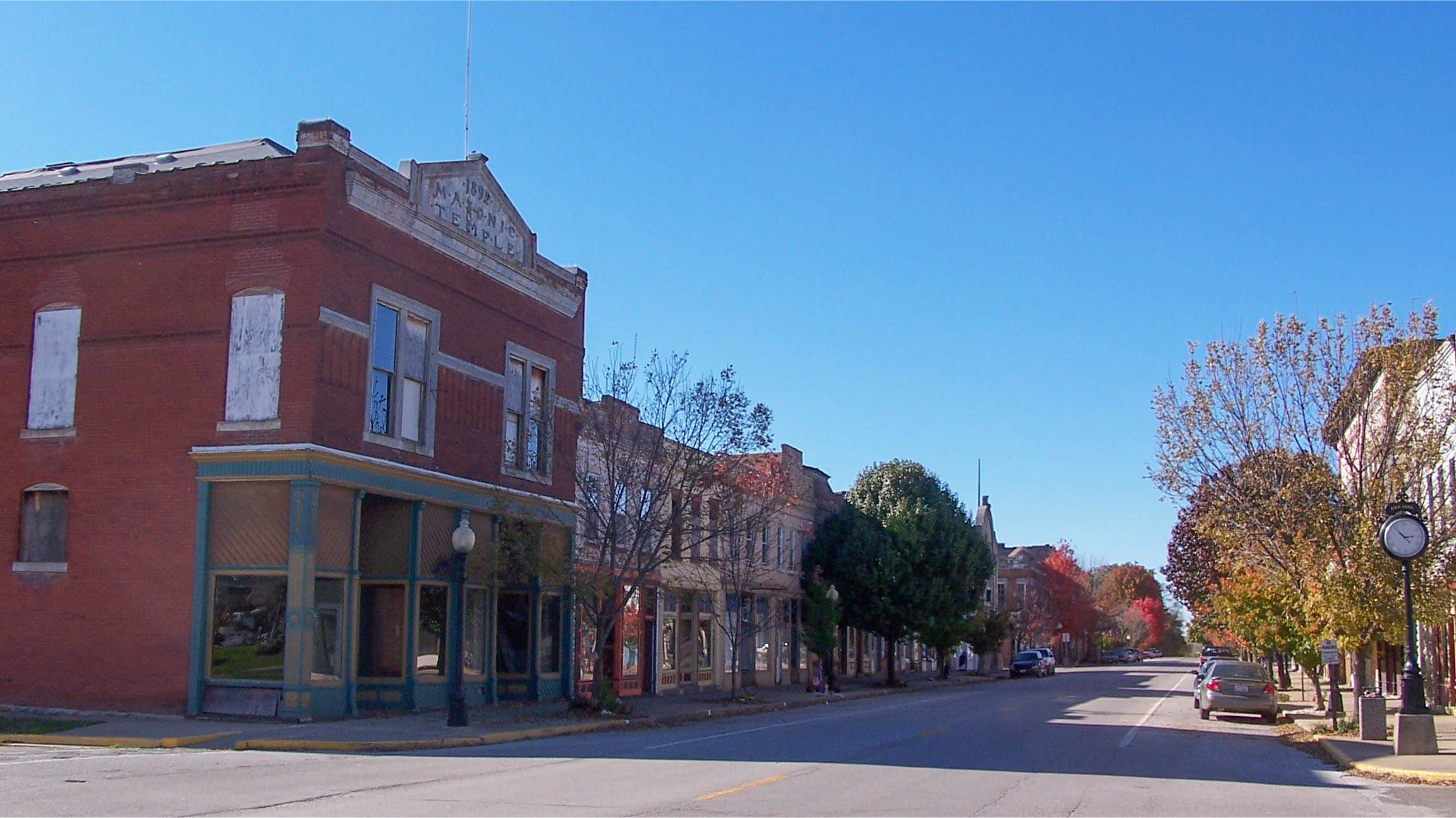Visitors Guide to Camp Point & Clayton
Adams County, Illinois
Camp Point
The railroad industry and farmers formed the basis of the early settlement. The community was originally called "Garrett's Mill" after the mill erected by Peter B. Garrett in 1844. In 1855, Garrett, together with Benjamin Booth, Thomas Bailey and William Farlow, chartered the town as "Indian Camp Point". Camp Point marked its centennial with a week-long celebration in 1955, proud of its growth and pledged to continued prosperity. Its civic groups have maintained active memberships that span many years. Families have called it home for many generations. A number of businesses can trace their origins to the early years. Today, Camp Point is a quiet village with over 1,200 people and over 75 businesses, located in Eastern Adams County in Illinois.
Clayton
Obediah Hicks is credited with being the pioneer of the township settling in the area with his family in 1829. He was followed by other settlers including three McCoy brothers, Charles, Rev. Reuben K. and John. The McCoys laid out the Village of Clayton, in the summer of 1834, naming it in honor of Henry Clay, the great statesman and orator from Kentucky. The town began growing acquiring a general store and inn by 1836 although the growth was slow until the arrival of the Wabash Railway Branch in 1856. Clayton is an incorporated village and its attractive town hall was erected in 1887.
Siloam Springs State Park
Clayton is approximately 12 miles north of Siloam Springs State Park. The Rev. Reuben K. McCoy discovered the springs following the Civil War and legend has it that spring water had a medicinal effect. The area was given the name Siloam Springs, a Biblical reference to the Pool of Siloam which is mentioned in the Gospel of John, as the location to which Jesus sent a man who had been blind from birth, as part of the act of healing him. In the 1880s a local businessman, Quincy Burgesser, capitalized on the mineral properties of the water and touted the water's ability to cure almost all ailments. After Burgesser erected two spring houses, a bathing house, and the Siloam Forest Home Hotel the area became a popular and fashionable resort. Bottling water from the No. 2 spring became a flourishing business for several decades. In 1935, the Siloam Springs Recreation Club purchased the site in an effort to restore it and in 1940 the site became a state recreation. In the 1950s an earthen dam was constructed across a deep ravine and the 58-acre lake was created. In 1956 Siloam Springs was dedicated as a state park.












